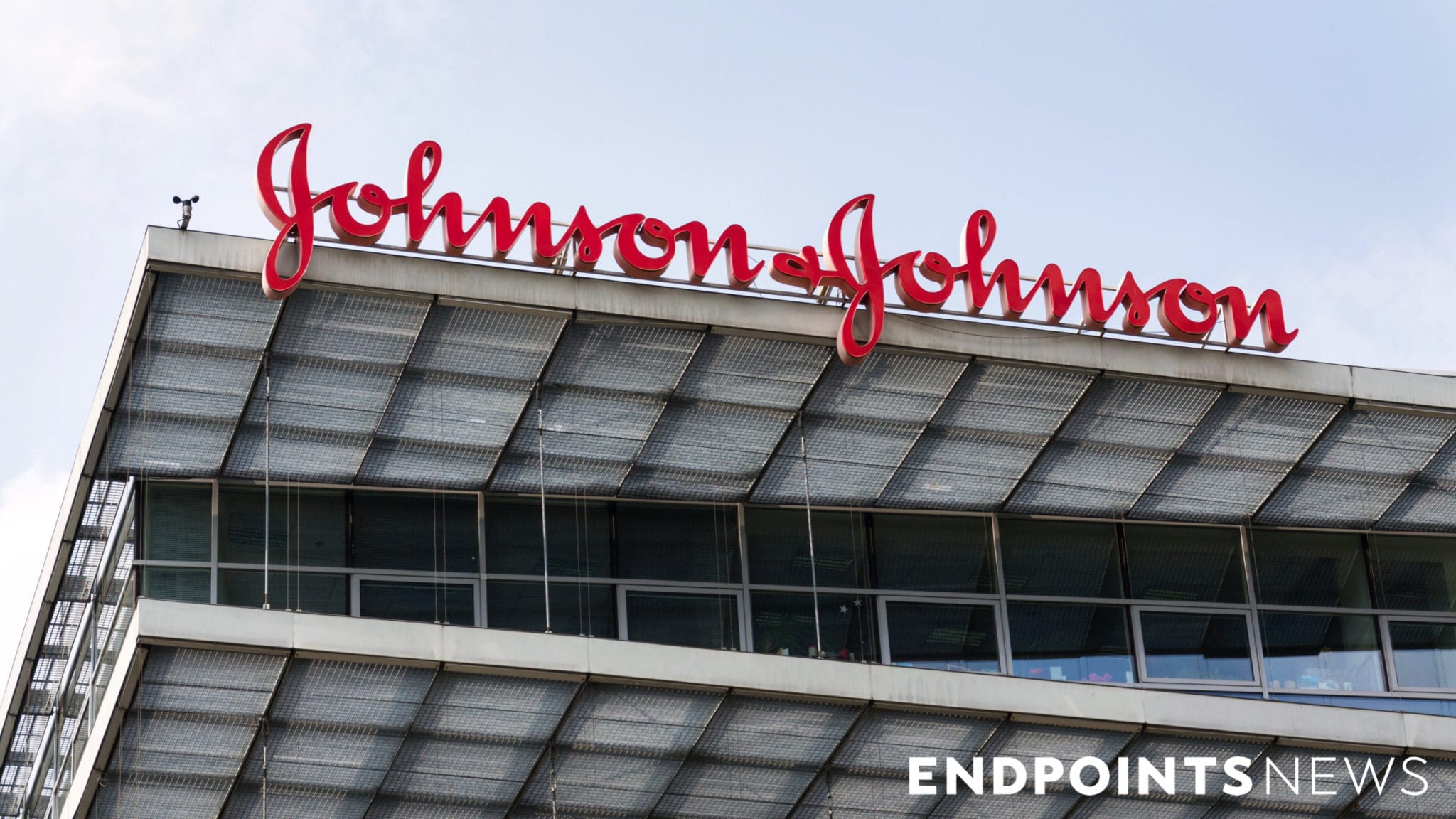
Along with the initiation of its Phase III Covid-19 vaccine study announced Wednesday morning, Johnson & Johnson also released its trial protocol, giving an inside look at how the company is conducting its late-stage research.
The move comes after the other three companies conducting Phase III’s in the US — Moderna, Pfizer and AstraZeneca — each disclosed their own trial blueprints within the last week. Though the release of such protocols is typically done after trials have been completed, drug developers had come under intense pressure after a brief safety scare in an AstraZeneca trial and amid growing concern of a politically motivated vaccine authorization.
J&J’s efficacy and Covid-19 event targets are roughly on par with its competitors. The company is targeting 60% efficacy for its one-shot modified adenovirus candidate, the same level sought by Moderna and Pfizer (AstraZeneca is targeting 50% efficacy). At completion, the 60,000-patient J&J trial would need 154 cases of Covid-19 to prove efficacy, similar to the other numbers. In their own blueprints, Pfizer said they need 164 events, Moderna 151 and AstraZeneca 150.
There are, however, two notable differences between J&J’s trial and the previous three that jump out right off the bat. Firstly, J&J’s primary endpoint is focusing more on moderate and severe coronavirus infections than mild cases. According to Scripps professor Eric Topol, there is some overlap between the cases included in the primary endpoint with Moderna and AstraZeneca, but the criteria are “clearly more stringent” than Pfizer’s.
The criteria for moderate and severe infections.
There is some overlap with the Astra Zeneca and Moderna trial 1° endpoints for what is deemed moderate but clearly more stringent than the Pfizer definition of 1 on the list of symptoms (e.g sore throat) pic.twitter.com/sDkBBQYPaH— Eric Topol (@EricTopol) September 23, 2020
And second, J&J is not planning on conducting any interim analyses unless four specific conditions are met. Those conditions are as follows:
1. The first 50% of planned participants had at least 2 months of follow-up after vaccination.
2. A minimum of 6 Covid-19 cases for the ≥60 years age group.
3. At least 20 cases meeting the primary endpoint definition of moderate to severe/critical Covid-19.
4. A subset of at least 5 cases meeting the primary endpoint definition of severe/critical Covid-19.
Once these occur, the protocols say that monitoring for efficacy will take place once a week by the DSMB until J&J reaches the magic 154 number.
That first condition falls in line with a new set of FDA guidelines that the agency is reportedly expected to release soon for vaccine EUAs, per the Washington Post. The new rules include requirements to follow subjects for a median of at least 60 days following the second dose of the vaccine and ask drugmakers to accrue at least 5 cases of severe Covid-19 in the placebo group.
J&J also appears to have structured their trial to include that second new guideline, requiring the following for a successful primary endpoint conclusion:
1. Establishing the hypothesis H1: VE>30% for the primary endpoint AND
2. A favorable split vaccine: placebo for the subset of primary endpoints meeting the severe/critical COVID-19 case definition (expressed as a VE point estimate against severe/critical Covid-19 molecularly confirmed endpoints ≥50%) and a minimum of 5 events in the placebo group.
The political pressure placed on vaccine makers has been profound throughout the Covid-19 pandemic, but scrutiny has only escalated with President Donald Trump’s repeated promises of a vaccine before November 3rd. Also last week, HHS secretary Alex Azar effectively set the FDA staff on notice saying that his signature is required on all rulemaking.
Only Pfizer CEO Albert Bourla has offered a timeline close to that promise, saying publicly that his company will know whether or not its candidate works in October. Moderna’s president, Stephen Hoge, said in an interview with CBS Evening News last week the biotech will know by November if its own vaccine is safe and effective.
AstraZeneca’s Phase III trial remains on hold in the US after a suspected case of transverse myelitis popped up after a volunteer took their second dose of the vaccine. The company has not confirmed the diagnosis, and a document posted by Oxford University within the last two weeks suggested that the vaccine was not linked to the condition.
For a look at all Endpoints News coronavirus stories, check out our special news channel.
Business - Latest - Google News
September 23, 2020 at 09:55PM
https://ift.tt/3mNIGOq
J&J releases PhIII safety blueprint for Covid-19 vaccine trial. How does it stack up to Moderna, Pfizer and AstraZeneca? - Endpoints News
Business - Latest - Google News
https://ift.tt/2Rx7A4Y
Bagikan Berita Ini















0 Response to "J&J releases PhIII safety blueprint for Covid-19 vaccine trial. How does it stack up to Moderna, Pfizer and AstraZeneca? - Endpoints News"
Post a Comment